David became dean of MIT Sloan in 2007 after 17 years at Wharton. Since then, MIT Sloan has consistently placed in the top-10 across MBA rankings tables including the Financial Times, Forbes, and US News. Sloan’s new Master of Business Analytics is ranked the best in the world by QS.
Today, 49 countries are represented in Sloan’s full-time MBA class; 38% of students are international; 42% women. Students come from backgrounds which include consulting, finance, and technology, but also the public sector, healthcare, and humanities.
The market for graduate management education is constantly changing. For David, the challenge is keeping his business school ahead of the curve.
MBA vs Masters
The astronomic rise of specialized master’s programs, accompanied by the gradual decline of the traditional, two-year MBA in the US, have been among the most noticeable changes of the past few years.
70% of full-time, two-year MBA programs in the US reported declining...
Declining application numbers have been a fact of life for lower-ranked US MBA programs for some time, but this year has seen top-ranked programs report declining applications too. Applications to Harvard’s full-time MBA are down by 4.5%; NYU Stern 4%; Duke Fuqua 6%; Berkeley Haas 7.5%; MIT Sloan 3.5%.
David remains positive. “Do I care? Yes. Do I think the sky is falling? No. We’re not worried about not having enough applicants or not having enough quality applicants,” he says.
Instead, David says the decline in applications to MBA programs is a simple case of a market which is changing—to the benefit of other programs now on offer at Sloan. According to the Graduate Management Admission Council (GMAC), 38% of prospective students now prefer the business master’s program type.
David has launched two new business masters during his deanship at MIT Sloan: The Master of Finance (MFin) in 2008—a direct response to the financial crisis—and the Master of Business Analytics (MBAn) in 2016.
Whereas MIT Sloan’s full-time MBA attracts around 13 applications for every seat in the class, its Master of Business Analytics gets 20. Its Master of Finance gets 15.
“There’s been a tsunami of interest,” says David, of the school’s Master of Business Analytics program. GMAC reports that 64% of master of data analytics programs in the US have recorded growing applications in 2018.
“Our goal [with our master’s programs] is to provide something quite different to what our MBA is doing as a reflection of the customization of purpose that management education should always have had, but didn’t really have, when the plain, vanilla MBA was king and queen,” David continues.
“That customization of the kind of education people want in management is the biggest change of the last 10 years.”
A welcoming environment
According to GMAC, US business schools experienced a 10.5% fall in internationals applying to all program types in 2018. GMAC blames the disruptive political climate, although other reports play down this factor.
David says the 3.5% decline in applications to Sloan’s full-time MBA isn’t driven by internationals—domestic applications are down too. When the school did see a drop in international applications a few years ago, he says that was born out of concerns over visas, career outcomes, and how diverse and welcoming a community the school is.
Sloan makes a concerted effort to promote itself as a welcoming environment to international students with this in mind. David says the full-time MBA team host information sessions in 50 countries each year.
Sloan’s masters programs provide another way to encourage internationals to apply. Both are STEM-designated, meaning international students can apply for a 24-month STEM-extension to their 12-month Optional Practice Training (OPT) period which allows them to work on a student visa. If they’re successful, international students can then stay and work in the US for up to three years after graduation without an H1-B visa.
Fittingly, Sloan’s Master of Business Analytics class is 61% international with 11 countries represented. 31 countries are represented by students on the Master of Finance.
What’s new at MIT Sloan?
Amazon hired 30 MBA students from MIT Sloan’s class of 2017. McKinsey hired 26; BCG 21; Bain 19. The average base salary for MBA grads going into industries like consulting, finance, and technology is around $130,000.
Big tech employers—Amazon, Apple, and Google—are increasingly hiring MIT Sloan graduates alongside rapidly-growing tech startups seeking management talent. In 2017, more than half of Sloan’s MBA grads joined a company where they were the sole hire from MIT that year.
In October 2018, MIT announced a $1 billion investment to create a new college for artificial intelligence and computing. David says this will create new opportunities for Sloan students explore cutting-edge tech like blockchain and big data.
From the start of David’s tenure, MIT Sloan has always been a school with one foot in the future. But the adoption of new technology in teaching at MIT is tempered by a dedication to real-life consulting projects and classroom-based learning.
Even today, traditional teaching concepts and methods, David says, are just as important.
Register for free to continue reading
RECAPTHA :
f0
6f
3f
d8


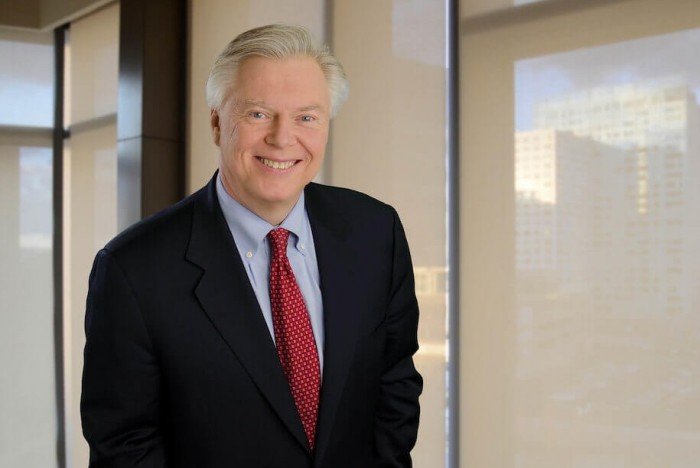

 53
53 

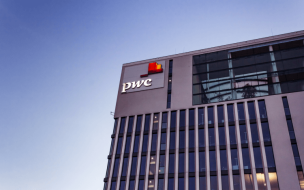

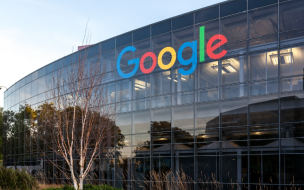
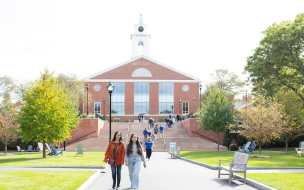

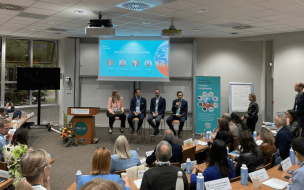
The best of our Premium Articles